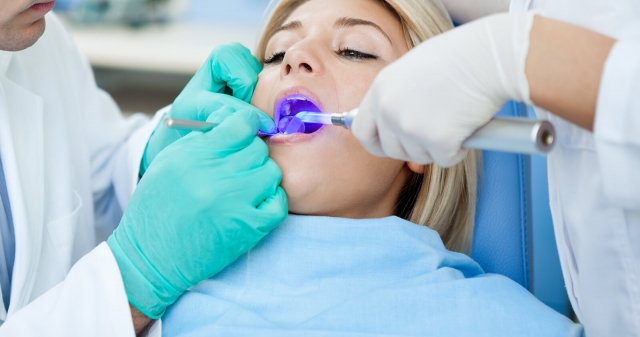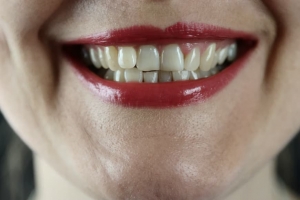Ozone therapy is an alternative medical treatment that utilizes ozone gas to stimulate healing and rejuvenation in the body. The therapy is known for its ability to improve cellular function, support the immune system, and enhance overall wellness. With a rising interest in holistic and integrative approaches to health, Ozone Therapy in Dubai has garnered significant attention among individuals seeking natural yet effective methods of care. The premise of ozone therapy lies in the controlled use of medical-grade ozone—a molecule composed of three oxygen atoms—which can be introduced into the body through various techniques such as autohemotherapy, rectal insufflation, or topical application.
The Role of Red Blood Cells in the Human Body
Red blood cells play a pivotal role in maintaining the body's oxygenation. They carry oxygen from the lungs to the tissues and return carbon dioxide from the tissues back to the lungs for exhalation. Each red blood cell contains hemoglobin, a protein that binds to oxygen and gives the cell its red color. Their effectiveness depends largely on membrane flexibility, hemoglobin capacity, and enzymatic activity. Any enhancement in RBC function can significantly impact energy levels, immunity, and organ performance. This makes red blood cells an ideal target for therapies aimed at improving systemic health.
How Ozone Therapy Enhances Red Blood Cell Function
Ozone therapy impacts red blood cells in several positive ways. Firstly, it increases the ability of hemoglobin to release oxygen to the tissues—a process known as the Bohr effect. This means that oxygen delivery to cells improves, which can enhance cellular metabolism and energy production. Moreover, ozone stimulates the production of 2,3-diphosphoglycerate (2,3-DPG) in RBCs. This molecule plays a crucial role in oxygen release from hemoglobin. Higher levels of 2,3-DPG allow oxygen to be more readily released in peripheral tissues, supporting healing and recovery.
Mechanisms Behind Ozone's Action on Red Blood Cells
Oxidative Preconditioning
Ozone acts as a mild oxidative stressor, which preconditions the body's antioxidant defense system. This upregulation enhances the red blood cells' resilience against oxidative damage and improves their functionality.
Enhanced ATP Production
The improved oxygen delivery translates to better mitochondrial respiration in cells. As a result, adenosine triphosphate (ATP) production—the energy currency of cells—is optimized. RBCs, though lacking mitochondria, benefit indirectly as more efficient oxygen utilization by tissues reduces systemic inflammation and supports healthy circulation.
Increased Flexibility and Lifespan
Ozone exposure has been shown to improve the deformability of red blood cells, making it easier for them to navigate through narrow capillaries. This reduces the risk of microvascular blockage and enhances blood flow, particularly to extremities and organs with dense capillary networks.
Benefits of Improved RBC Function Through Ozone Therapy
Enhanced RBC activity has far-reaching clinical implications. When red blood cells deliver oxygen more efficiently, organs function better. This can translate into faster wound healing, reduced fatigue, improved cognitive clarity, and better athletic endurance. In chronic conditions such as fibromyalgia, chronic fatigue syndrome, and autoimmune diseases, patients often suffer from poor oxygenation and high oxidative stress. Ozone therapy addresses these issues by restoring red blood cell efficiency and improving systemic oxygen availability.
Applications of Ozone Therapy Targeting RBC Performance
Autohemotherapy
This is one of the most common methods, where a small amount of a patient's blood is withdrawn, mixed with ozone, and reintroduced. This direct exposure allows ozone to act immediately on RBCs, enhancing their oxygen-delivery capacity.
Rectal Insufflation
Though less direct, this method introduces ozone gas via the rectum, where it is absorbed into the bloodstream. It's particularly beneficial for those seeking non-invasive treatment options.
Ozone Bagging and Topical Applications
In cases involving peripheral circulation problems, such as diabetic ulcers or skin conditions, ozone therapy is applied directly to the skin to improve local blood flow and tissue oxygenation.
Conclusion
Ozone therapy presents a promising solution for enhancing red blood cell activity, which directly influences the body's ability to transport and utilize oxygen efficiently. This improvement is fundamental to energy production, immune function, and tissue regeneration.






